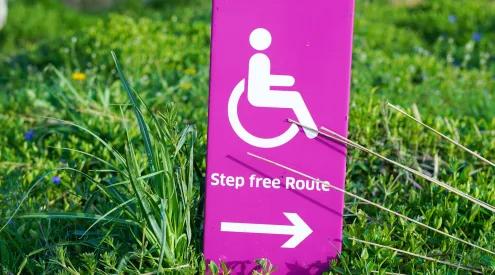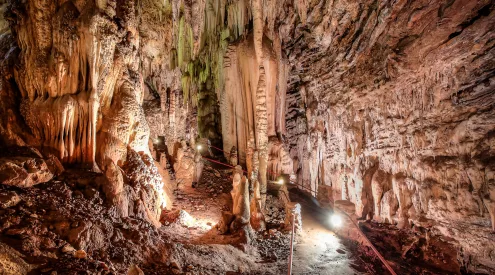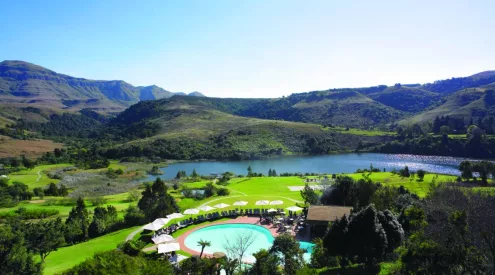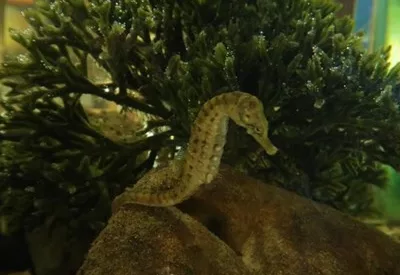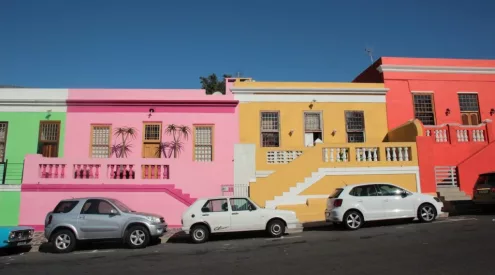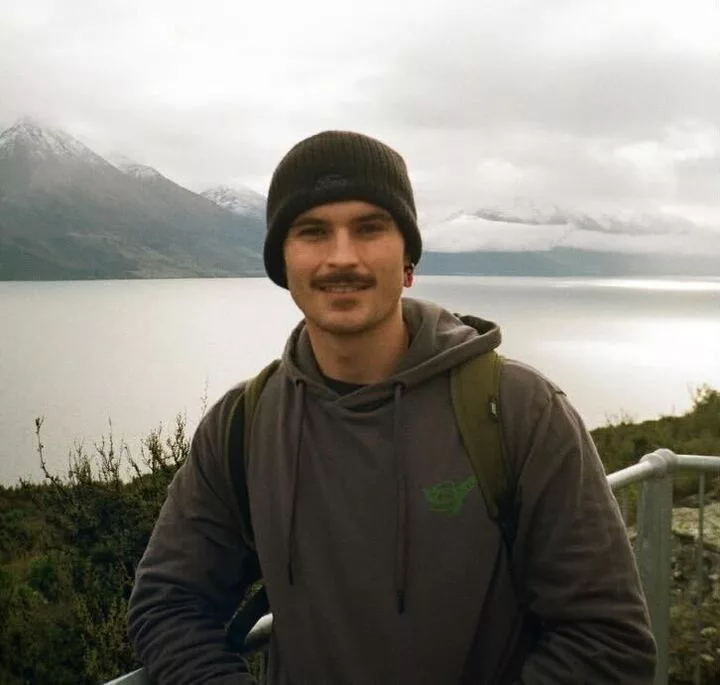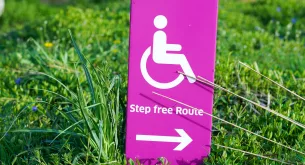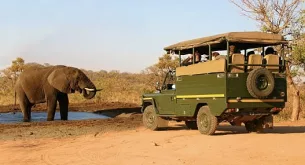After nearly three years of closure due to flooding, the Cradle of Humankind caves northwest of Johannesburg have finally reopened—this time with a refreshed experience that brings visitors face-to-face with active scientific discovery.
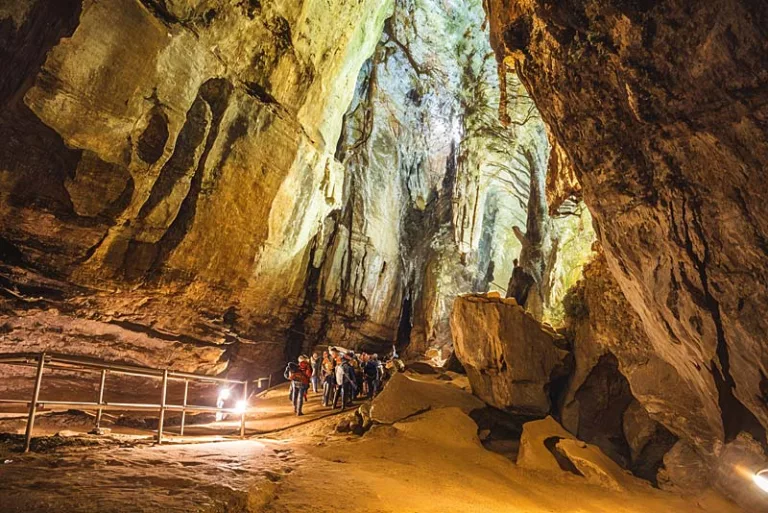
Picture: Sourced
Set within the UNESCO-listed Cradle of Humankind World Heritage Site, the Sterkfontein caves are world-renowned for the discovery of “Little Foot”—the most complete early human ancestor skeleton ever found—and the famous “Mrs Ples” skull. Now, tourists don hardhats and step into the heart of ongoing excavation work where palaeontologists are unearthing secrets millions of years in the making.
“It’s not just about looking anymore,” says Nithaya Chetty, dean of the University of the Witwatersrand’s science faculty, which manages the site and the nearby museum. “Visitors now engage with science in action, happening in real time.”
The updated experience includes walking tours through 2.5 kilometers of the underground limestone cave system, subtly lit with soft blue LEDs, as well as temporary fossil exhibitions and interactive displays. Guests can watch researchers like Itumeleng Molefe—whose family has worked on the site for generations—brush away ancient soil in search of bones and fossils that could reshape our understanding of human evolution.
ALSO READ: Family-friendly activities in Johannesburg
Molefe’s most memorable discovery? A human hand bone. “My aim is to find more important bones here,” he says, echoing his father’s legacy who was part of the team that discovered “Little Foot” in the 1990s.
Before COVID-19, the caves attracted up to 100,000 tourists a year. Their closure left a gap in South Africa’s cultural and scientific tourism, said Dominic Stratford, a Witwatersrand archaeology professor. “Everyone felt like we were missing something,” he noted.
The return of visitors now offers more than nostalgia—it reintroduces one of the continent’s most powerful stories: the African origins of humanity.
While the full “Little Foot” skeleton will only be displayed during Heritage Month in September, visitors can currently marvel at “Mrs Ples,” the most complete skull of Australopithecus africanus, discovered in 1947.
Tour guide Trevor Butelezi, who leads visitors past stalactites and into cavernous halls with underground lakes, sums it up best: “Africa gave rise to humanity. And it’s not a small thing.”
Article originally published by Joburg ETC
Follow us on social media for more travel news, inspiration, and guides. You can also tag us to be featured.
TikTok | Instagram | Facebook | Twitter
ALSO READ: Attractions every South African should visit at least once

